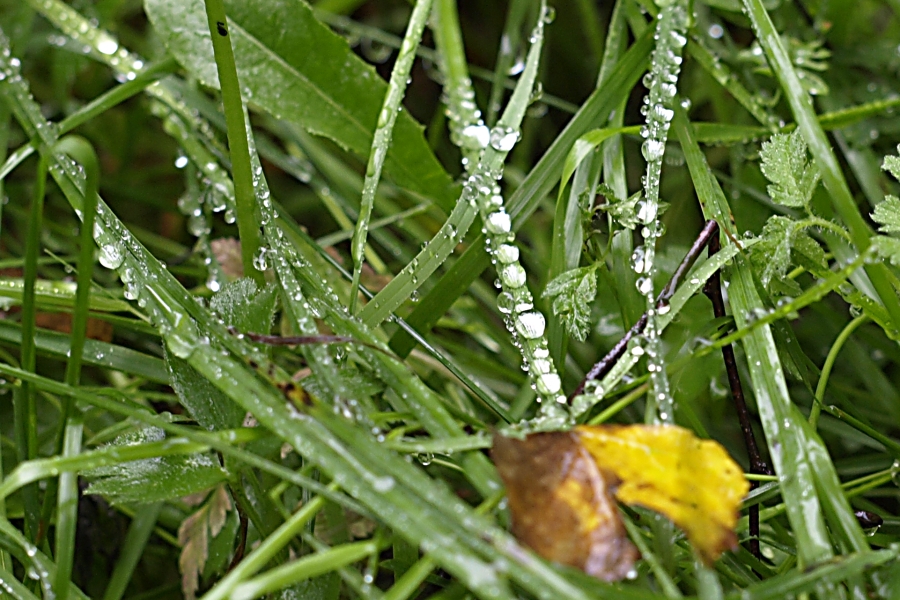Legend
The icon of Virgin Mary has been called “Our Lady of the Rain” since 1638. When a severe drought hit the country and the crop was threatened, one of the Canons of Vyšehrad had a strange dream. In this dream he was advised to carry the icon of Our Lady of Vyšehrad in procession to the church of the nearby Emmaus Monastery and pray for rain. Shortly after the procession set out for the journey and before it reached the monastery church, it began to rain. And it rained heavily for three days. People believed it to be a miracle worked by Virgin Mary. From then on, the procession took place whenever severe drought occurred. Up to 20 thousand people took part in those processions, which stresses the importance of this religious event throughout the 17th and 18th centuries. Processions were still held even after Emperor Joseph II banned such religious gatherings. In times of water scarcity, people would come to this painting and pray for some rain.

Decsription
The icon is painted on a wooden panel and belongs to a type of depiction known as Our Lady of Humility (dell’Umiltà). On the back side of the wooden panel is the inscription: “The scene was painted by Saint Luke.“
The image depicts the Virgin Mary with a halo of twelve stars around her head, wrapped in a plain blue cloak, with her right foot resting on a crescent moon. The baby Jesus is wrapped in a richly decorated cloth, suggesting his royal origin. Presumably in 1397, the painting was provided with a silver cover with a cut-out following the outline of the Madonna and Child’s body. The decorative silver clip on Mary’s garment contained a precious relic – a piece of Mary’s cloak or veil. The painting was therefore venerated as a reliquary.
Restoration
During the reconstruction of the church in the 1980s and 1990s, Mojmír Hamsík (1921–2007) restored the painting of Our Lady of the Rain. The painting was then lent to the permanent exhibition of Medieval Art of the National Galery in the St George's Convent, nowadays in the Convent of St Agnes of Bohemia. The restoration works revealed that the painting had been cropped both at the top and at the bottom. A high-quality, exact copy of the icon using the original painting technologies has been made for the chapel’s altarpiece at Vyšehrad by the professional painter and restorer Jan Pasálek. Silver crowns of Virgin Mary and Jesus that were originally a part of the silver cover are now a part of the exhibition of the treasury in the basilica.
A Painting as a Prayer
As for the genre, the painting is an icon. Therefore it is neither a realistic representation of a moment in Mary’s or Jesus’s life nor is it a “god”. The purpose of an icon is to help a faithful person to pray to God. For centuries, people came and prayed in front of this icon in order to embrace Jesus, the Son of God, like the Mother of the Saviour did. It was here that they recognized how close God is to us in Jesus, it was here that they prayed and still pray for their children, parents, neighbors…
If you want to pray at this place, you can, for example, just rest quietly in front of the painting and allow God to be as close to you as a child on its mother’s lap. You can also express your thanks, supplications and intercessions here. In this chapel you can light a candle and place it in the stand as a sign of the burning flame of prayer.

go here